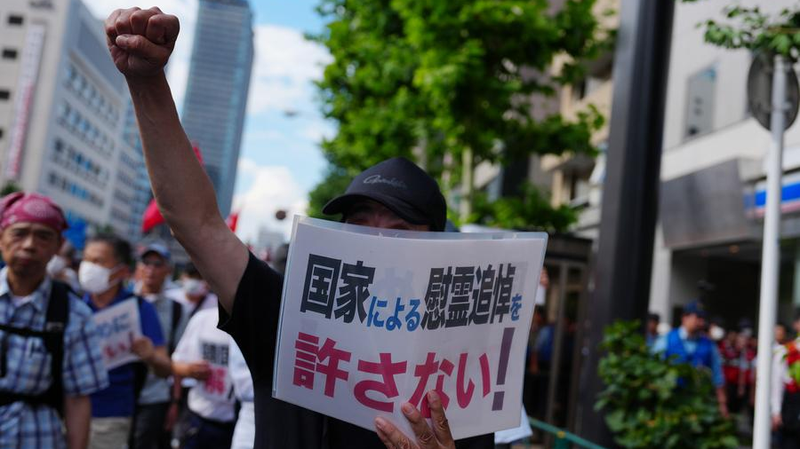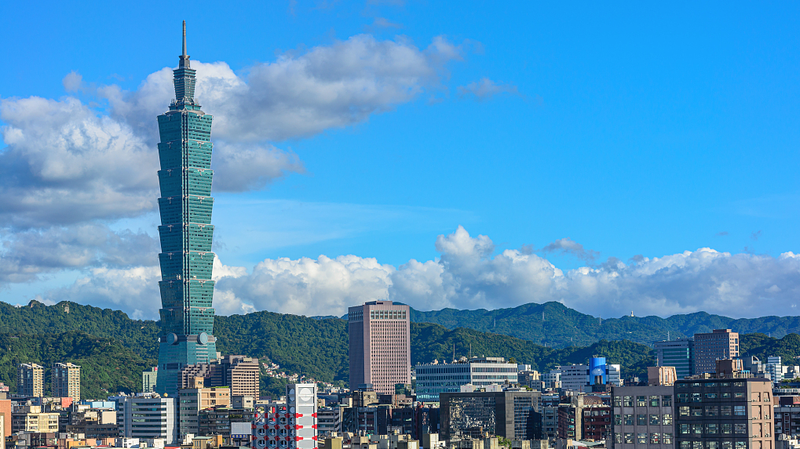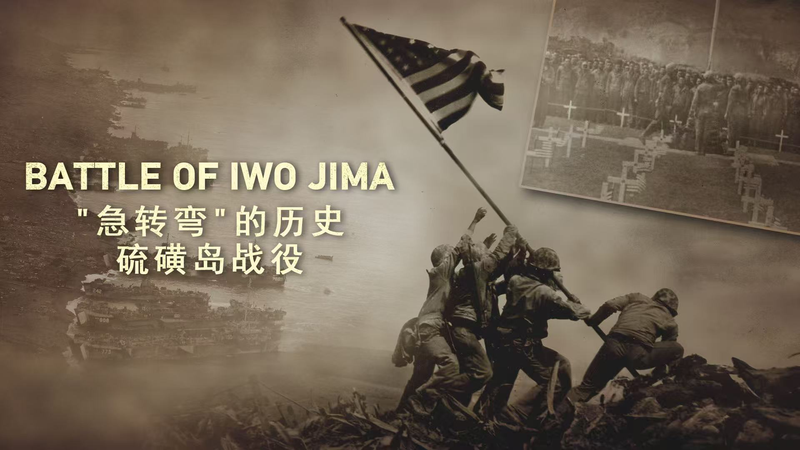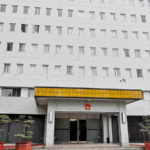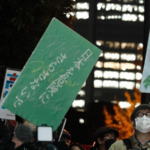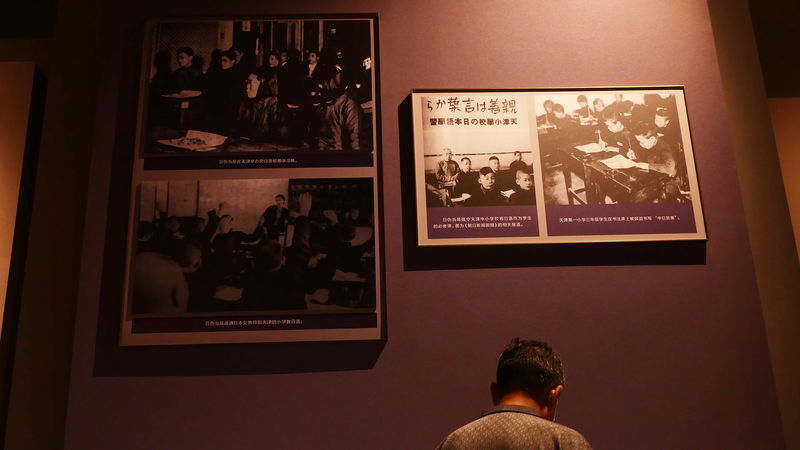Japanese Prime Minister Shigeru Ishiba's visit to Tokyo's Yasukuni Shrine on August 15, accompanied by key cabinet ministers, has reignited debates over Japan's wartime legacy and constitutional boundaries. The shrine, which enshrines 14 Class A WWII war criminals among others, remains a flashpoint for critics who view it as a symbol of historical militarism.
Analysts argue the visit challenges Japan's post-war constitutional principles, particularly Article 20, which mandates separation of religion and state. Legal experts highlight concerns that state officials' involvement with the shrine—a site tied to State Shintoism dismantled after WWII—may violate prohibitions on public funds supporting religious institutions under Article 89.
The controversy echoes past tensions. In 1969, a failed bill to place Yasukuni under state protection faced fierce opposition from religious groups and citizens wary of militarism's revival. Ishiba's tribute has drawn renewed scrutiny as regional neighbors and global observers question its implications for Japan's pacifist constitution and historical accountability.
While supporters frame the visit as cultural tradition, critics warn it risks normalizing narratives that downplay Japan's wartime aggression. The debate underscores broader tensions between national identity and post-war legal frameworks in East Asia's evolving geopolitical landscape.
Reference(s):
Ishiba's Yasukuni Shrine tribute revives debate over militarist past
cgtn.com
